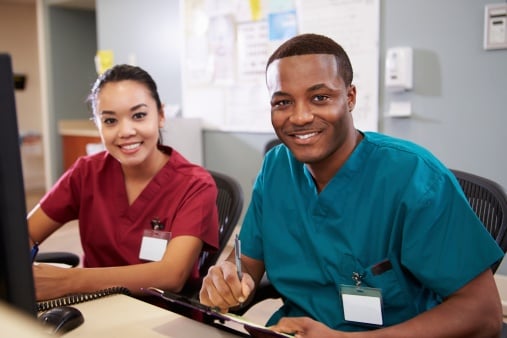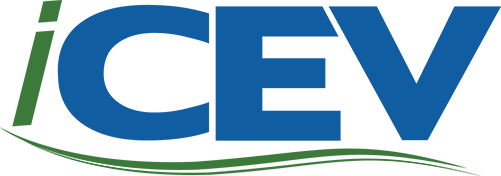7 Real-World Health Care Activities & Projects
For students entering the healthcare profession, real-world simulation can literally be the difference between life or death. Developing a health professional’s knowledge, skills and attitudes can in turn protect patients from unnecessary risks. Transform your health science classroom with realistic and industry-based activities and projects from iCEV.

1. Medical Assistant Role Play Activity in Skills for Health Science Professionals
Turn your classroom into a mock doctor’s office. Partners will act as patients and medical assistants to complete screening procedures such as temperature, pulse, respiration, blood pressure, and visions problems. All results should be reported accordingly. Have your students switch roles and repeat the screening.
Learn more about the Principles of Health Science course.
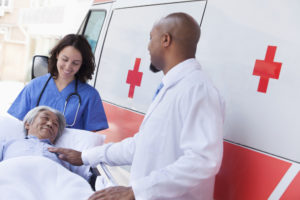
2. Overcoming Barriers Activity in Medical Terminology: Translation & Communication
Communication between patients and their healthcare providers is a challenge that requires training to overcome are provided with adequate training. This lesson tackles communication obstacles like blind or deaf patients and language barriers. Pairs will act out these communication scenarios with a fact sheet about the patient to determine diseases or medical conditions. Using learned communication techniques the group will communicate effectively with the patient.
Learn more about the Medical Terminology Course
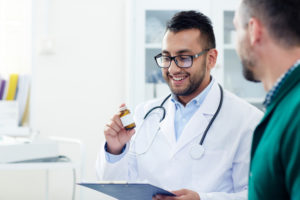
3. Patient Interview Activity in Medical Records
Have your students take a walk in the shoes of a medical professional. Pair students up and assign one to act as a healthcare provider and the other as a patient. The “healthcare provider” is tasked with collecting important information from the patient in a professional manner so the patient can be treated properly. The activity comes with patient intake sheets for students to accurately fill out. Once completed, have the students switch roles. After, discuss interview challenges and strategies as a class.
Learn more about the Health Science Theory Course.
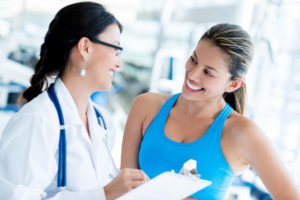
4. Homeostasis in Action Activity in Homeostasis
Pair your students up and have one be a recorder and another complete exercise activities. The recorder will measure the other student’s heart rate, breathing rate, and body temperature. Repeat exercises and continue to measure homeostasis in action.
Learn more about the Anatomy & Physiology Course.
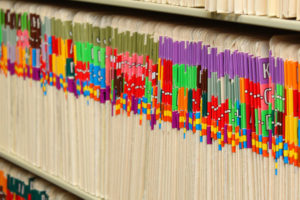
5. Climbing the Ladder Project in Employability Skills in Health Care
Imagine your classroom is the human resources department at a health care facility in your area and been asked to develop a set of guidelines for employee recruitment, hiring and advancement within the company. Have your students research the hiring process, employment positions and advancements. Take that information and create a human resources handbook. Each handbook should include the facility’s type and name, estimated number of employees, potential positions, and the advancement pathway for employees so students will understand how you can “climb the ladder” in the healthcare industry.
Learn more about the Principles of Health Science Course
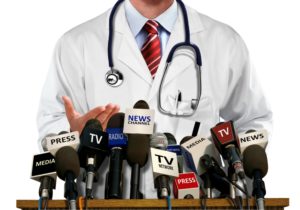
6. Injury Interview Activity in Body Systems: Disease, Trauma & Congenital Defects
In this activity your students will play both the role of a journalist and an emergency room doctor. Together they will select a traumatic injury to cover. Each student works alone to develop questions as the “journalist” to inform the public about the traumatic injury. Then research and write the answers as the “doctor.” The student acting as the doctor must research how to answer the interviewer’s questions. Together your students will come away with a new perspective of daily interactions doctors encounter.
Learn more about the Anatomy & Physiology Course.
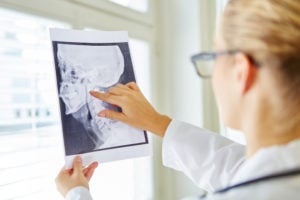
7. What Would You Do? Activity in Body Systems: Electrical Conduction Processes & Interactions
Medical professionals often have to think on their feet and be prepared for any medical scenario to arise. In this activity, your students will need to answer questions to properly diagnose and formulate a plan for treatment for medical scenarios.
Learn more about the Anatomy & Physiology Course.
